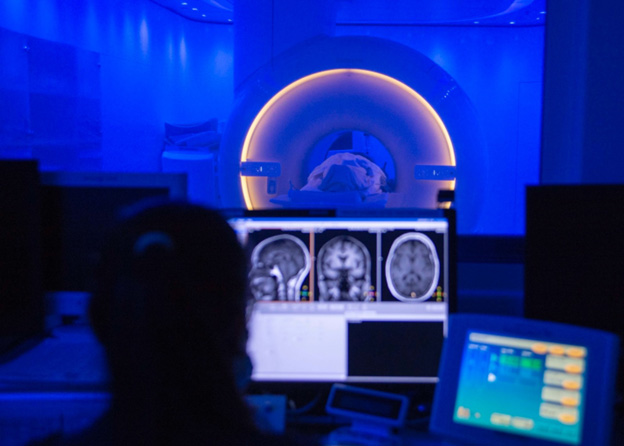The response of individuals with blast-related TBI to a stroke was explored using a mouse model, showing that vascular dysfunction due to mTBI persists to four (4) weeks in female mice but not in males.
Mild traumatic brain injury (mTBI) is a well-known condition prevalent with military personnel returning from deployment and is associated with subtle cerebrovascular impairments that persist over time. This animal study was motivated by known increases in susceptibility to strokes in Service members with mTBI. In this study, a standardized mTBI exposure protocol was applied to mice, and a mid-cerebral artery occlusion (simulating a stroke) was applied for 1 hour, at seven (7) or 28 days after blast exposure in the experimental group. The resulting tissue damage to the mouse brain was studied using histological methods to determine the volume of infarcted lesions, the presence of several physiological indicators, and the status of the blood-brain barrier.
The data suggests that mTBI may result in persistent cerebrovascular dysfunction and increased susceptibility to worsened ischemic outcomes, although these dysfunctions occur differently in male and female mice. Compared to non-mTBI groups, both the male and female mTBI groups had larger infarct volumes if the infarct was applied 7 days after blast exposure. However, if the infarct was applied 28 days after blast exposure, the infarct volumes for the female mTBI groups were larger than the non-exposed, but the infarct volumes for the male mTBI groups were not statistically significantly different as compared to the male non-exposed groups (p < 0.05). Similar measurements were performed in this study to assess changes in intravascular coagulation, blood-brain barrier permeability, and angiogenesis in response to a stroke after a mTBI. These showed substantive changes in vascular physiology consistent with less effective recovery from ischemia.
These results increased attention to vascular-related neurological conditions in Veterans with mTBI especially with female warfighters who have experienced a mTBI. Similar studies could lead to advances in treatment for these conditions based on the vascular responses that were observed.

Bailey Whitehead, Ruth Velazquez-Cruz, Ali Albowaidey, Ning Zhang, Kate Karelina, and Zachary M. Weil. Mild Traumatic Brain Injury Induces Time- and Sex-Dependent Cerebrovascular Dysfunction and Stroke Vulnerability. Journal of Neurotrauma. ahead of print http://doi.org/10.1089/neu.2022.0335
This study was supported by the National Institutes of Neurological Disorders and Stroke (P30-NS045758), as well as the West Virginia University Stroke and Alzheimer's Related Dementias Training Program (T32AG052375), and the National Institute of General Medicine Sciences (P20 GM109098).
Your 15 minute session will timeout in approximately 10 minutes.
If you're in the middle of entering information, please close this warning and save your progress (if possible) or finish up your task.
If your session fully times out, you will lose any un-saved work.
Your current Blast Injury Research Program session has expired.
Your next click will take you away from the private area, and you will lose any work you have in-progress.
Please enter your email address, and try again.